As part of an Azure resource group template I have a PowerShell DSC extension setup for my VM which provisions various Windows features.
As part of this automated setup I want to be able to open some ports in the firewall, after a bit of research I found there is a xFirewall DSC module available. My problem is how can I automatically install this module onto the Azure VM before the DSC executes?
My configuration looks like this:
Configuration Main
{
Param ( [string] $nodeName )
Import-DscResource -ModuleName PSDesiredStateConfiguration
Import-DscResource -ModuleName xFirewall
Node $nodeName
The import of xFirewall fails because the module is not installed.
I have thought about creating another DSC script that could run before this one, but that proves difficult as you can only have one DSC extensions attached to a VM at a time.

